Contents
Pepper is one of the most heat-loving vegetable crops. Because of this, for residents of the northern part of the country, the cultivation of this vegetable in the open field becomes impossible. After all, the quantity and quality of the harvest depends on the heat. Therefore, planting pepper seedlings in a polycarbonate greenhouse is the only option for these regions. Although it is also recommended for residents of the middle lane to grow pepper in greenhouses, under such conditions it grows larger and ripens much faster. This is due to the fact that no external factors interfere and do not slow down the growth of plants.
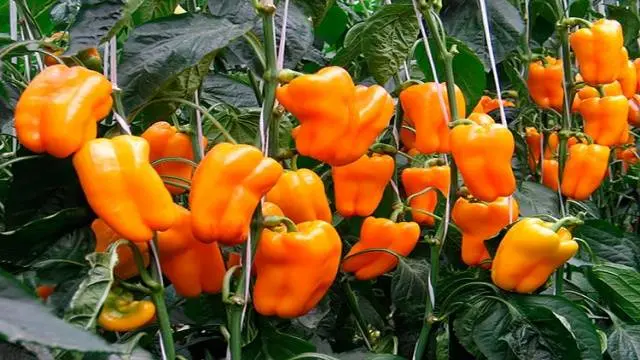
For a business to be successful, certain rules must be followed. Of course, skill comes with experience. But in order not to make mistakes, let’s try to figure out when and how to plant pepper seedlings in a greenhouse. And also how to care for the planted seedlings so that they give a good harvest, be healthy and strong.
Greenhouse and soil preparation
Good seedlings are only half the battle. It is very important that the soil and conditions in the greenhouse are conducive to good pepper growth.
To begin with, it is necessary to disinfect the greenhouse and soil. This is done if the room has already been used for growing various vegetables. If the greenhouse is new, then we skip this step. The soil is cleared of the remains of plants and roots. The soil is also treated against pests and fungi. You can use ordinary boiling water for these purposes. Do not neglect this stage, because parasites and pathogenic bacteria remaining on the remains of plants can destroy seedlings.
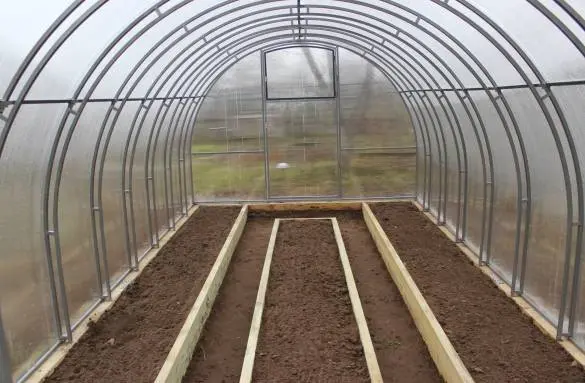
After these activities, you can begin to fertilize the soil. The soil for growing pepper must be loose and moist. To improve the quality of the soil, the following fertilizers are applied:
- ammonium nitrate;
- manure;
- humus;
- wood ash;
- superphosphate.
We fertilize the soil a few days before planting, or at least one day. Remember that pepper seedlings do not like acidic soil. If you have just such a soil, you can regulate the acidity with dolomite flour. Usually it is applied directly during planting seedlings of peppers. After the holes with pepper were covered with soil, it is sprinkled with dolomite flour and carefully distributed with a rake. If you are afraid to hurt the plants, sift the flour very evenly, then you can do without the use of tools.
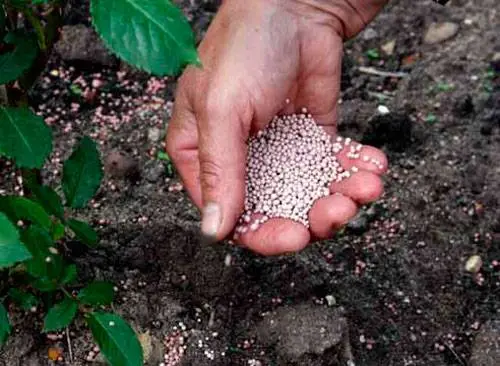
If your greenhouse is new and not yet divided into beds, then you need to do this in the right way. The length of the beds does not really matter, they can be short, or stretched along the length of the entire greenhouse. But the width is of great importance. Too wide beds are inconvenient to water, and it will be almost impossible to get to distant plants without hitting the previous ones. The normal width for the beds will be 80-90 centimeters. At this distance, two or three rows of seedlings can be placed, depending on the variety and spreading of the bush. The distance between the beds should also not be too wide, it is better to save space and plant a few more rows of seedlings. The main thing is that you can comfortably move around the garden.
You need to think in advance where which varieties to plant, and sign the beds. Low-growing pepper varieties are best planted closer to the walls so that they receive enough light, and tall ones in the center of the greenhouse.
When is planting pepper seedlings in a greenhouse
The timing of planting pepper seedlings in open ground and in the greenhouse, of course, differ. In a greenhouse, plants are not afraid of wind and temperature changes. Therefore, the landing can be started earlier. However, you need to be completely sure that the frost will not return. Soil temperature is an important factor. It must be at least +15 °C. At this temperature, the pepper will stop growing, and the ripening process will last much longer. If the spring is cold and the soil does not warm up naturally, artificial lighting methods can be used.

Usually, pepper seedlings are planted in a greenhouse in May. In warmer regions, you can start already from the beginning of the month, and in the northern regions – towards the end. When doing this, consider the condition of your seedlings. By the time of transplantation, it should be fully grown and reach about 25 centimeters in height. Tall varieties of pepper are excellent for greenhouses. In such conditions, they are easy to care for, and the yield is much higher than undersized varieties.
Planting pepper seedlings in a greenhouse
If more than 10 leaves have formed on the stalk of the pepper, it is considered suitable for planting in the greenhouse. Buds may be present, but not open. Such flowers are likely to wither during adaptation in the new soil. And if they continue to grow, then more slowly.

About an hour before planting in greenhouse soil, seedlings should be watered with plenty of water so that the soil softens and can be easily removed from the container. In order not to damage the root, it is necessary to get the pepper with a whole clod of earth.
Before planting, it is necessary to loosen the soil again, since after transplanting, the pepper will especially need access to oxygen. After that, the ground is leveled with a rake. You can also apply fertilizer at this time, or place it directly in the hole. Now you can start planting seedlings.
When digging holes, keep in mind that the correct landing pattern is important for pepper. Rows should be at least 60 cm apart. Between bushes of low-growing varieties of pepper we leave from 20 cm to 35 cm, and between tall ones – from 30 cm to 40 cm.2 should get up to five plants.
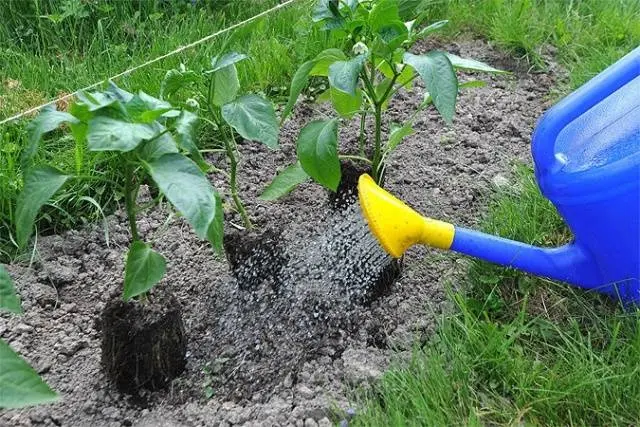
The holes should be of such depth that the seedlings fit completely together with an earthen clod. Try not to make it too deep, as this will slow down the growth of the pepper. Pour up to 1 liter of water into the dug hole, let it soak a little and place the sprout there. You need to fill it with soil up to the first leaves on the stem. Fertilizer can be placed at the bottom of the hole. For these purposes, compost or humus is used. Purchased fertilizers are also popular.
It is better to establish a support for planted peppers immediately. And as soon as the plant requires a garter, you can easily do it. You can also immediately mulch the soil, because the seedlings cannot be watered for the first week, and the mulch will help keep moisture longer. For this, dry leaves, straw, tree bark, sawdust are perfect. The coating will retain heat and help the soil stay loose longer.

The first time the beds with seedlings must be covered with a film. For convenience, you can pre-set arcs. Such a device will save pepper from nighttime temperature changes, and when the weather is stable and warm outside, you can not use the film. If you want to do without additional costs, then it is not necessary to install arcs at all, since now there are many thin films that will not harm seedlings.
Top dressing of pepper
For feeding, 2 types of fertilizers are used: mineral and organic. Both those and others have a very good effect on the growth and development of pepper seedlings. If you applied fertilizer when planting seedlings, do not rush to re-feed. Too much fertilizer is just as detrimental to peppers as a complete lack of nutrients. The next top dressing is advised to be carried out after the ovaries appear, and the plant will especially need strength.
For pepper seedlings, such mineral fertilizers are suitable:
- nitrogen. Promotes the growth and formation of fruits;
- phosphorus. It has a good effect on the growth and size of fruits;
- calcium. Supports stable growth of pepper from planting to fruit ripening;
- potassium. It is especially important for fruits, their formation and growth.
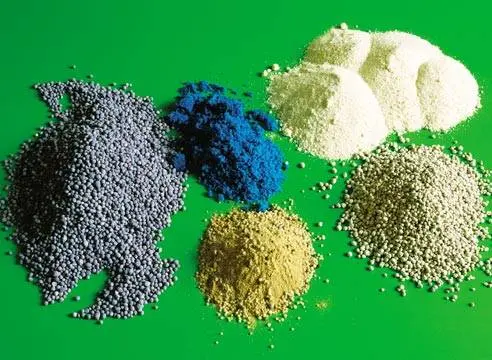
These minerals are used by all experienced gardeners to get a good harvest of pepper. But some prefer exclusively organic top dressing. Consider the preparation options for the most popular fertilizers:
- Bird droppings or manure. The solution is prepared in the same way in both cases. In one container, mix 10 liters of water with 1 liter of litter or manure. We give the solution a day to brew, and pour it under each bush. If the solution is prepared from manure, then about a liter of the mixture will be needed, and if from litter, then half a liter.
- Herbal fertilizer. Nettle, horsetail, plantain, wood lice and tansy are combined in equal proportions. Further, all this is poured with water and left for four days for it to ferment. The mixture should rise to the top, after which it must be mixed, and again wait for the rise. Now add water to the mixture of herbs in a ratio of 1:9. Pour pepper with this solution in the same way as the previous method.
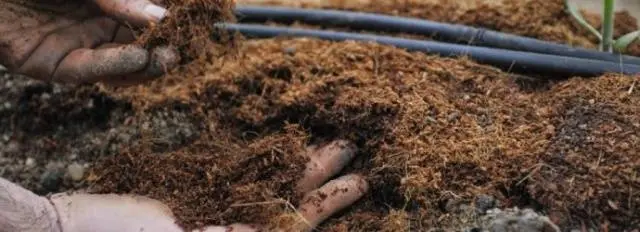
Pepper is fed 2-3 times during the entire period of growth in the greenhouse. But, in addition to this, it is necessary to monitor the condition of the seedlings, the color of the leaves and the size of the resulting fruits in order to apply the necessary fertilizer in time, which is not enough for pepper. You also need to maintain a stable temperature, and not allow it to drop to +10 ° C. If you see that the state of the plant deteriorates, and the leaves begin to wither, most likely, the pepper lacks potassium. Many people mistakenly think that the reason is insufficient watering, and they begin to pour seedlings abundantly, which affects the sprouts even worse.
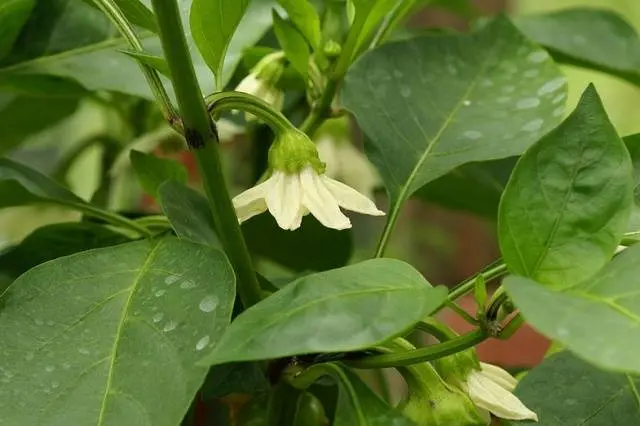
Spots and yellowed leaves indicate an insufficient amount of magnesium. The quality of the fruit also deteriorates. A solution of magnesium with potassium will help correct the situation. And if the fruits begin to rot, then the pepper needs calcium. Using this mineral for feeding, you need to be very careful, because an excess of this fertilizer can completely destroy the crop.
Conclusion
As you can see, when growing pepper, you need to know and observe many nuances. Improper care can completely destroy the seedlings. But, pepper planted using all technologies will give a very high yield, and will please your eye. Growing pepper in a greenhouse, you greatly facilitate your work. After all, the greenhouse itself will create the necessary conditions for good growth, and all you have to do is water and feed the plants. And how to do it, you can clearly see in the video.









